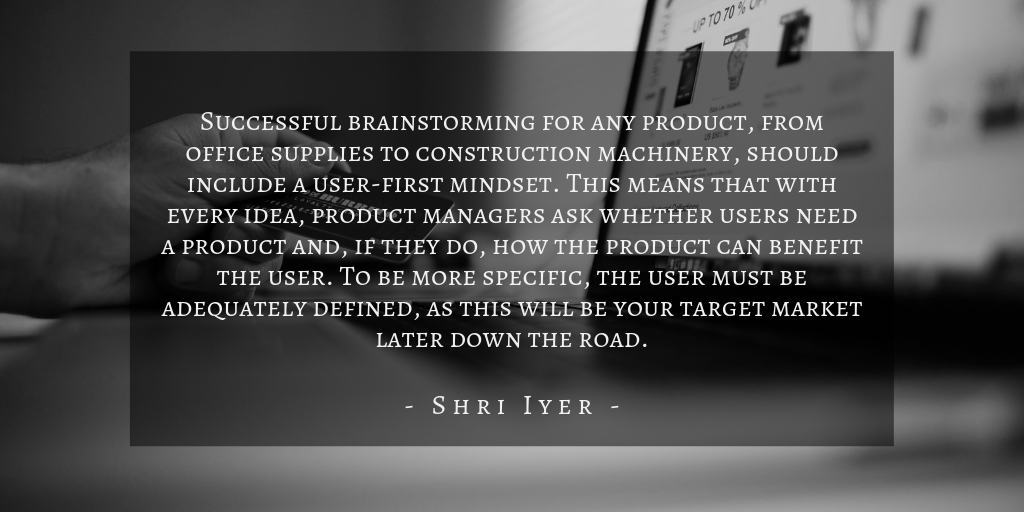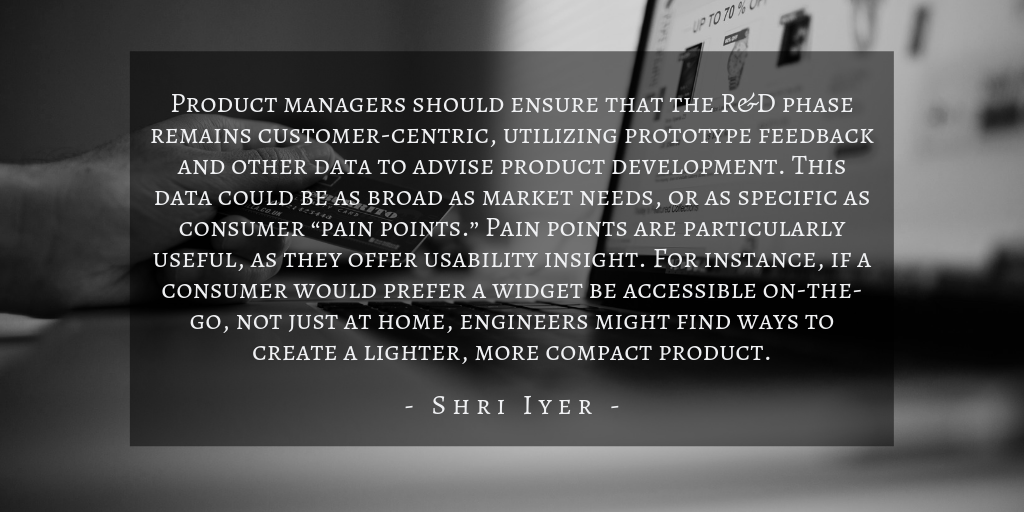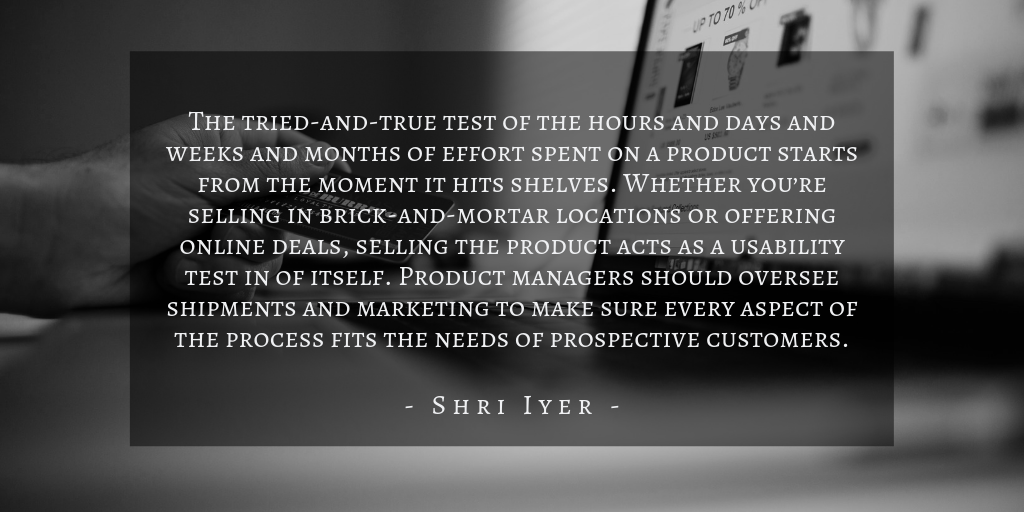This blog has primarily focused on the “what” and “why” of product management from an internal perspective. Today, I’d like to briefly deviate to explore the effects of product management on individuals outside of the business—consumers.
As a brief refresher, product management includes all internal elements of the product life cycle, from planning new products to overseeing production to post-production marketing. All of these steps exert influence over customers. However, customers do have some unique power over products. While businesses set product value, consumers’ shopping choices establish a product’s market and perceived values. Therefore, it’s important to consider the customer at every stage of the product management process. But why is that? Let’s delve deeper into how successful product management at various stages of the product life cycle increases sales and consumer satisfaction.
Brainstorming and Idea Generation

Successful brainstorming for any product, from office supplies to construction machinery, should include a user-first mindset. This means that with every idea, product managers ask whether users need a product and, if they do, how the product can benefit the user. To be more specific, the user must be adequately defined, as this will be your target market later down the road. One effective way to identify your users is to create a customer profile or an archetype. In essence, this profile is a fictional representation of a niche group that could benefit from your product. Creating two to three customer profiles can help identify the various groups that could utilize your product, leading to a clearer vision of what the product should encompass and how to best proceed with development.
Once you’ve established a few customer profiles, it’s time to practice applied user story mapping (applied USM). The goal of USM is to give businesses a better understanding of not just what customers are looking for, but how they search for products and make purchase decisions. This framework will save time down the road, acting as a pre-emptive usability study. All of this will lead to a product that better suits the needs of customers and creates a deep level of understanding between buyer and seller.
Research and Development
Often, additional research is required to fully understand the needs and expectations of users, before a product prototype can be created. Online and in-person studies are the best course of action at this stage, since they’re easy to produce and can accumulate plenty of data in a small amount of time. This data will serve as the foundation for the rest of the product life cycle.

Product managers should ensure that the R&D phase remains customer-centric, utilizing prototype feedback and other data to advise product development. This data could be as broad as market needs, or as specific as consumer “pain points.” Pain points are particularly useful, as they offer usability insight. For instance, if a consumer would prefer a widget be accessible on-the-go, not just at home, engineers might find ways to create a lighter, more compact product.
Remaining focused on customer expectations creates a more flexible R&D process and increases the chances for success during the final stages of the product life cycle.
Marketing and Sales

The tried-and-true test of the hours and days and weeks and months of effort spent on a product starts from the moment it hits shelves. Whether you’re selling in brick-and-mortar locations or offering online deals, selling the product acts as a usability test in of itself. Product managers should oversee shipments and marketing to make sure every aspect of the process fits the needs of prospective customers. If your product is for individuals who struggle with mobility, you want to be sure your product doesn’t end up on top shelves. If your target market includes men and women above the age of 60, focusing only on e-commerce and digital marketing makes it hard to make them aware of your product’s existence.
The process of creating a product that is for the customer in every respect of the phrase is, at times, stressful. Endless factors contribute to the successes and shortcomings of all sorts of products. However, an effective product manager will be able to empathize with the needs, wants, and fears of customers, leading to a product that can make a wide-spread positive difference.

